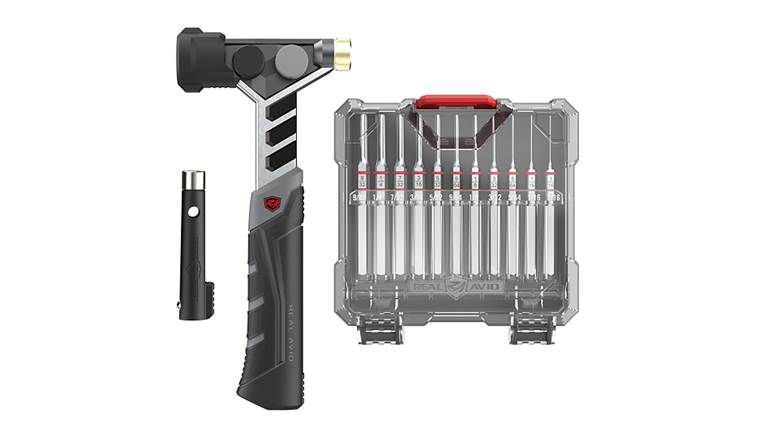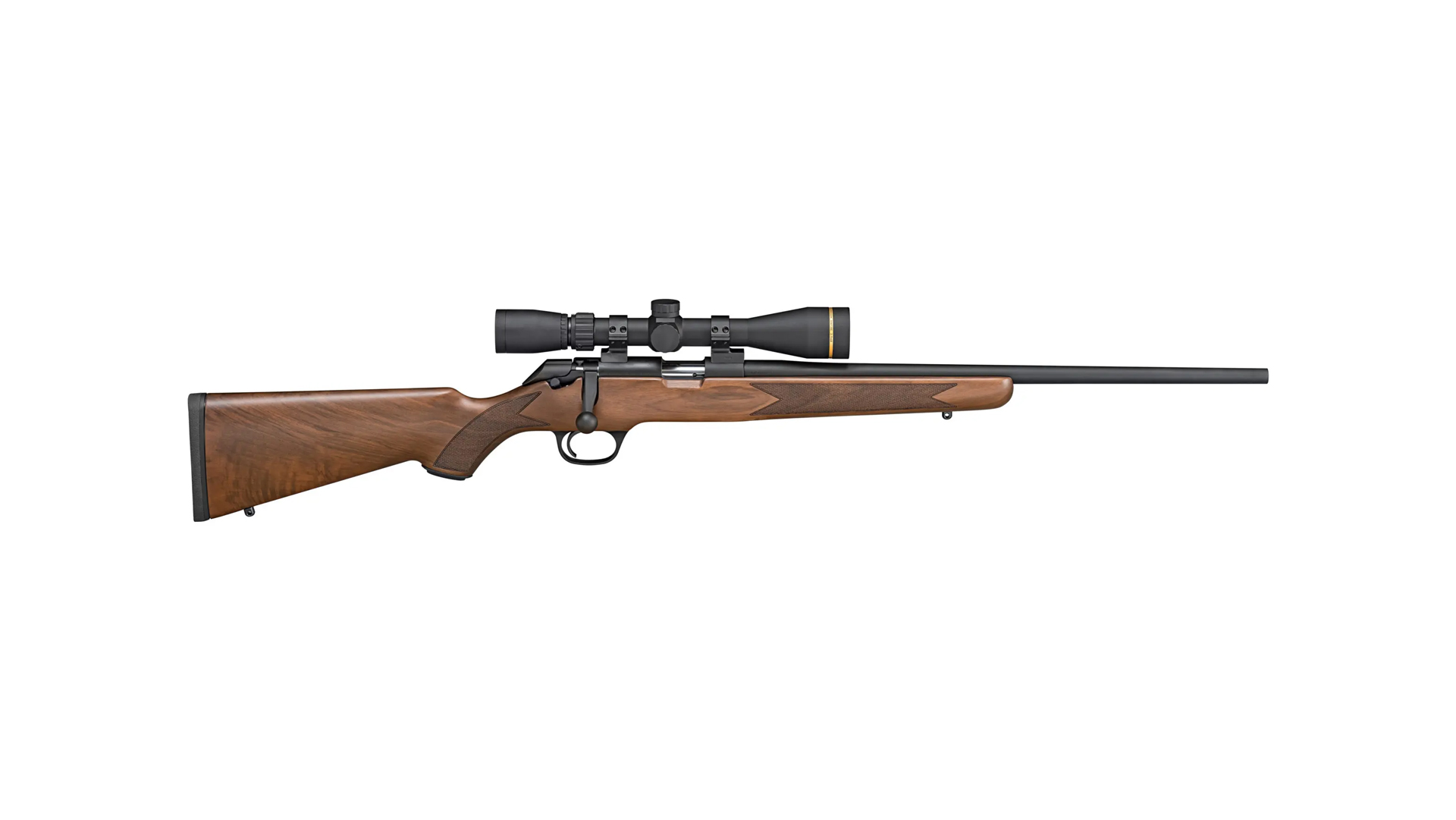
For more than 80 years, the company Jack O’Connor called “the Holland & Holland of the United States” has been at the center of custom riflemaking as an innovator, trend-setter and inventor. Griffin & Howe (G&H) is the father of the style now known as the “American classic” rifle stock, but that is just one of its many contributions. Under the guiding hand of Seymour Griffin through the first half of the 20th century, Griffin & Howe wildcatted cartridges, pioneered scope mounts, developed the sporting bolt-action and brought old-world craftsmanship and engraving to the American hunter.
And, more than any other company, G&H was gunmaker to the greats: From Dwight D. Eisenhower to Norman Schwartzkopf, from Stewart Edward White to Ernest Hemingway and Robert Ruark, to say nothing of Clark Gable and Gary Cooper, Griffin & Howe made its name producing the very finest rifles for America’s greatest names. Amazing, really, when you consider the modest circumstances in which it all started … .

Seymour Griffin was a young cabinet maker in 1910, when, according to legend, he read Theodore Roosevelt’s African Game Trails, became fascinated with Roosevelt’s Springfield .30-’06 rifle, and decided he had to have one for himself. At the time, sporterizing military bolt-actions was not yet even in its infancy—it was unheard of. To the American hunter, a hunting rifle was a fine lever gun; the Krag, Mauser and Springfield were upstart military contraptions. With nowhere to turn, Griffin concluded he would do it himself. He bought a Springfield, found a walnut stock blank for $5 and went to work.
This is the story that has been re-told every time anyone writes about Griffin & Howe—and there have been many, including Lucian Cary in an article written in the late 1960s for Gun Digest, and Michael McIntosh in Sporting Classics in 1987. Cary’s article is a reminiscence of people he knew and events he remembered, and, as such, his comments are worth repeating.
“I first met Seymour Griffin in 1928 or 1929,” Cary wrote. “The shop was then on East 44th Street … . He told me he found a fine piece of French walnut in the store of Von Lengerke & Detmold, a company later absorbed by Abercrombie & Fitch. He paid $5 for the blank as against the $100-$200 that such a blank would cost today. When he had inletted and shaped the stock he spent many hours of hard work—mostly hand work—polishing the metal parts. Finally he found a man who could blue the barrel and action.”
Griffin was truly bitten by the gunmaking bug, and for the next dozen years he stocked rifles in his spare time. He came to know many prominent riflemen in and around New York. One of his friends was Col. Townsend Whelen, director of the government arsenal at Frankford. In the early ’20s, Whelen introduced Griffin to a talented metalsmith named James V. Howe. The two decided to go into business together, Griffin secured financing to buy machinery and set up a shop, and on June 1, 1923, they opened for business as Griffin & Howe.
The first shop was on East 39th Street in Manhattan, and from the beginning their specialty was rifles—especially bolt-action rifles converted from the military. For rifle nuts of the time, the bolt was the coming thing. It was strong, accurate, durable and relatively inexpensive. The only problem was, there were no such rifles in commercial production in the United States. If you wanted a bolt-action, you had to go to a company like Griffin & Howe and have them “sporterize” you a Springfield, a Krag or an Enfield.
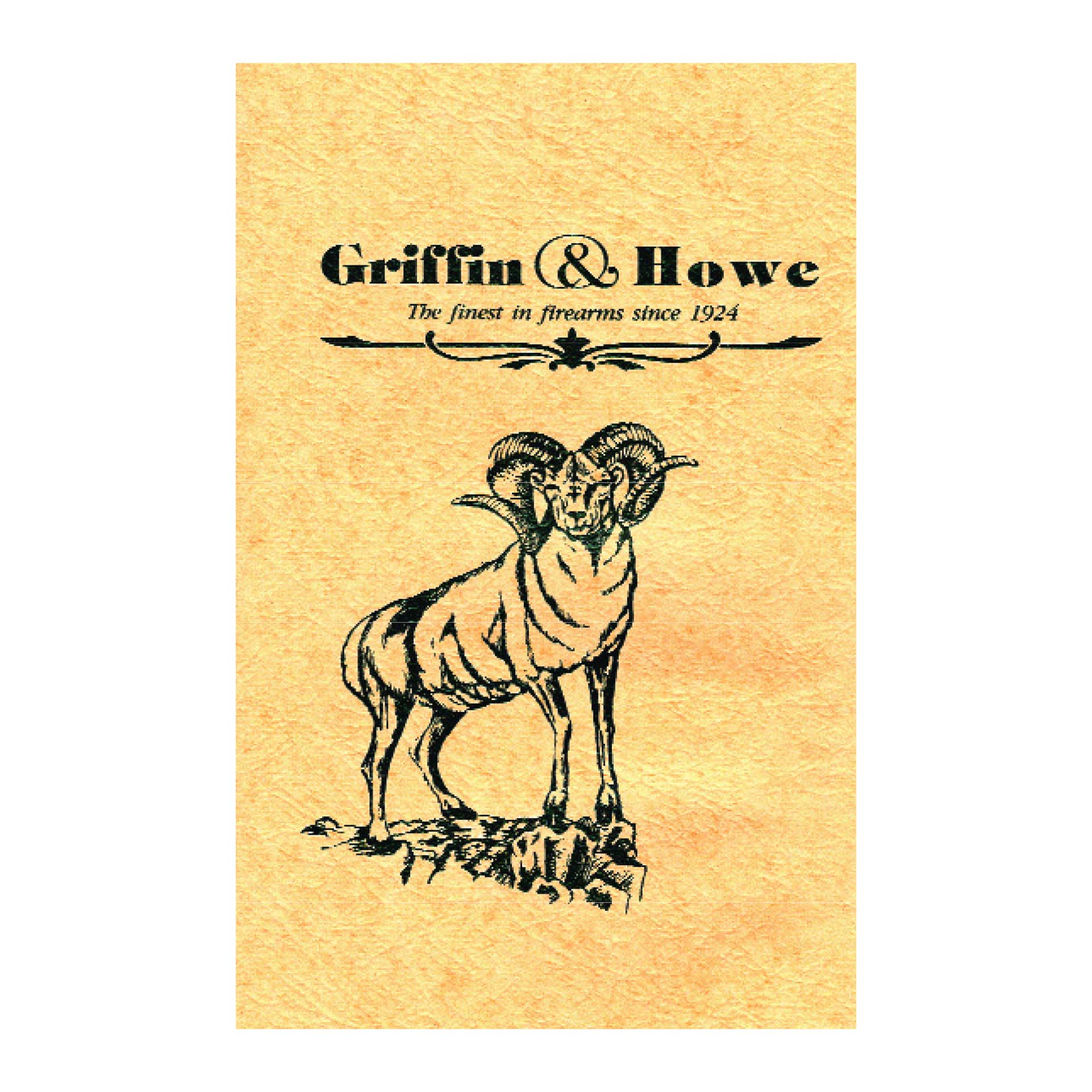
Although his name became part of American rifle-making legend, James Howe himself was with the company only briefly. By coincidence, Hoffman Arms opened its doors in Cleveland on the same day as G&H began, and in December, 1923—after just six months—Howe left the partnership to go to work for Hoffman. The reasons have never been fully explained, although later tales of how Seymour Griffin drove himself and his employees probably account for it. As well, since Griffin (according to Lucian Cary) had arranged the start-up financing, he probably considered himself the senior partner.
Whatever the reason, Howe departed and Seymour Griffin carried on as best he could. For the next seven years, according to Cary, Griffin ran the shop by himself, working every single day except for one Sunday a month. On that Sunday, he crossed the river to New Jersey and spent the day in the shop of Harry Pope, learning about barrel-making.
To fully understand Griffin & Howe’s contribution, we need to look at the rifle situation in 1923. In America, the lever-action was king; the Winchester 94 had already sold a couple of million, and the Savage 99 was the hammerless, high-velocity darling of the serious rifle shooter. Most of the cartridges we now take for granted did not even exist.

Although Mauser was making commercial bolt-actions in Germany, and the English were using them as the basis for hunting rifles, Winchester and Savage were concentrating on lever rifles and semi-automatics. Remington entered the bolt-action fray in 1921, with a modified Enfield, the Model 30, but it was not until 1925 that Winchester introduced its Model 54 and, coincidentally, the .270 Winchester cartridge.
Meanwhile, an American could buy a military Springfield, Krag, Enfield or various surplus Mausers, and have them restocked and fitted with the finest receiver sights ever made. If the .30-’06 or 8 mm Mauser was not to your liking, the rifle could be rechambered or rebarreled to something larger or smaller. For an innovative firm like Griffin & Howe, the field was wide open, and Seymour Griffin took full advantage.
In 1922, while still at Frankford, James Howe necked the .30-’06 case up to .35 caliber, and called it the .35 Whelen after his old friend. When Howe joined Griffin, the wildcat cartridge became a mainstay of their rifle business, and remained so for many years. G&H came to specialize in .35s, and in 1927, looking for more power for clients traveling to Africa, they necked down the .375 H&H case to .35 and called it the .350 G&H Magnum. It is the only wildcat ever to bear the G&H name.
When Winchester introduced the .22 Hornet in the late 1920s, there were no rifles made for it. Winchester’s own Model 54 was not offered in the chambering until 1932. Griffin & Howe jumped in immediately and converted a Springfield that had been built to shoot the .22 rimfire. Later, the Hornet was superceded by the .22 Lovell, and then by the 2-R Lovell, both based on the old .25-20 Single Shot case. So popular did this cartridge become that Griffin & Howe got into the business of custom-loading ammunition. Such was G&H’s reputation and influence by the mid-1930s that, when the ammunition manufacturers stopped making the case and supplies ran low, they were able to secure a supply for their customers by having a cartridge maker do a special run of brass.
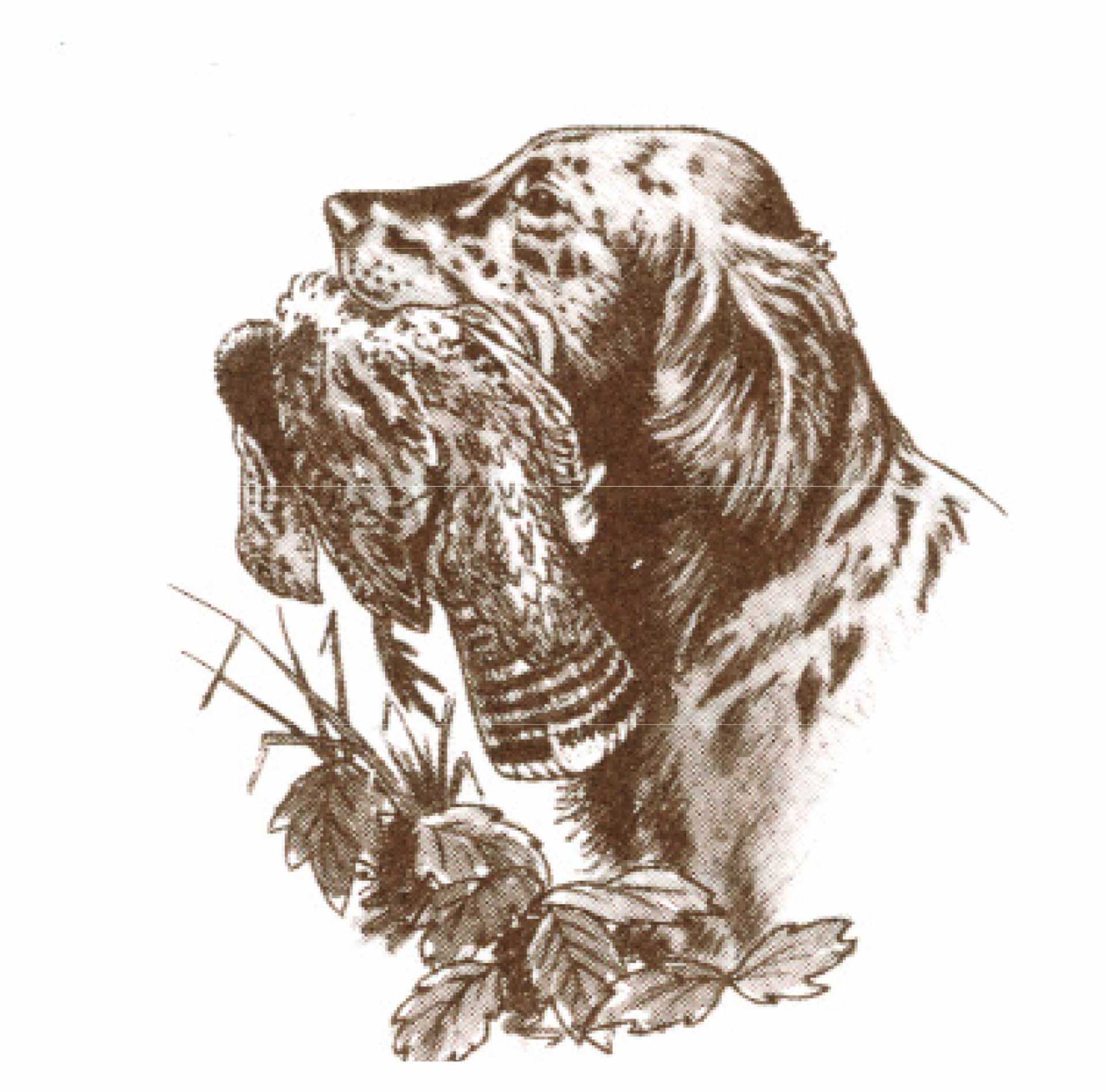
Seymour Griffin had survived in the business through the first few years by working all day, every day, but he also managed to secure the services of some top gunsmiths and gunmakers.
One of his most enduring contributions to gunmaking in America was his hiring of an Austrian engraver, Joe Fugger. Not only was Fugger one of the best engravers this country has ever known, he was also an excellent teacher. Many engravers began their careers with Griffin & Howe, learned the art from Fugger and then went out on their own. Two such were Winston Churchill and Robert Swartley, acknowledged today to be the best in the business. G&H’s current staff engraver, Joe Bayer, also learned the art from Fugger.
This was a side of Griffin & Howe that attracted attention beyond the ranks of rifle enthusiasts, and drew big money from people with household names. It was not long after that whispering began that most G&H customers were not shooters, and the rifles themselves were meant to be looked at, not shot.

This was (and is) unfair. Above all things, G&H rifles (like Holland & Holland rifles, for that matter) are meant to be shot, and shot a great deal. Among the great admirers of G&H rifles was Grancel Fitz, the New York photographer who was the first man to take all 25 North American big-game species. He originated the term “grand slam” to denote the taking of all four varieties of North American wild sheep (in a magazine article in True, around 1950) and was the sixth man ever to accomplish the feat. Grancel Fitz did almost all his big-game hunting with a.30-’06 built for him by Griffin & Howe.
After the rifles and cartridges themselves, the third great area of innovation was in rifle sights. When Seymour Griffin began in business, a good receiver (peep) sight was just about the last word, having evolved from the elaborate target tang sights of the late 1800s. Although telescopic sights had been around since the Civil War, they were long, cumbersome, fragile, and relatively rare. Some were imported from Germany and Austria, but these were few and far between. Early Griffin & Howe rifles sported Lyman or Redfield sights.
Part of the problem was that a scope demands a good mount. In Germany, it was customary to have a gunsmith mount a scope on your rifle, and custom-make a mount for it. Most common were variations on the excellent claw mount, which originated with double rifles and break-open single shots, but which was quickly adapted to such commercial bolt-actions as the double square-bridge Mauser Model 98.
Early scope mounts were almost all detachable systems, because the usual rule was to shoot the rifle using iron sights, and employ the scope only for special situations—the opposite of our approach today, where we detach the scope only rarely.
Then as now, the claw mount was expensive and required hand-fitting. Various gunmakers looked for alternatives, including Holland & Holland. Griffin & Howe followed suit, and the detachable side mount they developed was one of the best available; the company still regularly fits them to customers’ rifles, as many as three or four a week. The mount employs a dovetail with two locking bolts.
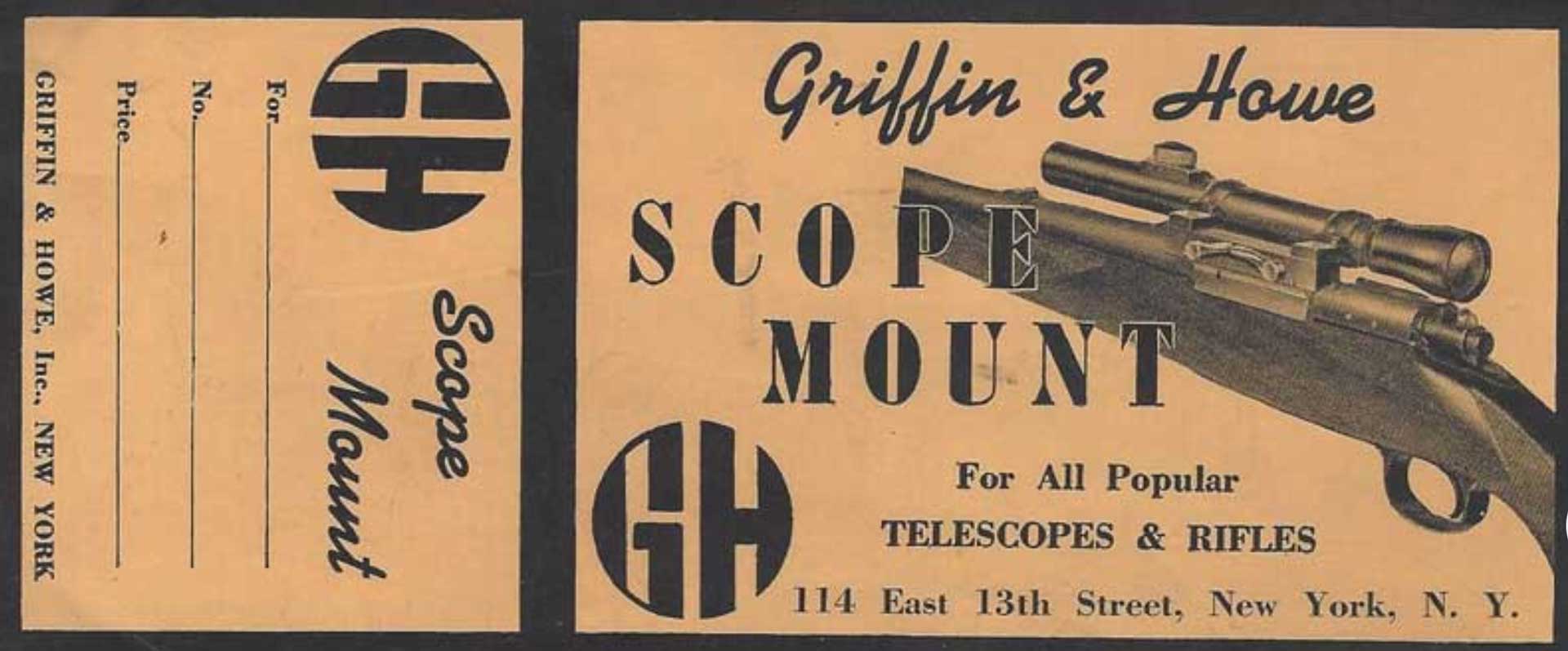
“The G&H mount is an extremely reliable one,” Jack O’Connor wrote in The Rifle Book. “The base is both pinned and screwed to the receiver, and the scope can be taken off and put back on innumerable times without changing the point of impact. The base of a Lyman 48 receiver sight can be left on and when the scope is removed the slide can be slipped in, and the hunter is all set.”
For years, the G&H design was the gold standard among scope mounts in America. The company’s expertise was such that, when they suspended civilian work in 1942 to carry out work for the War Department, one of their contributions was a scope mount for the M1 Garand that allowed it to be used as a sniper rifle.
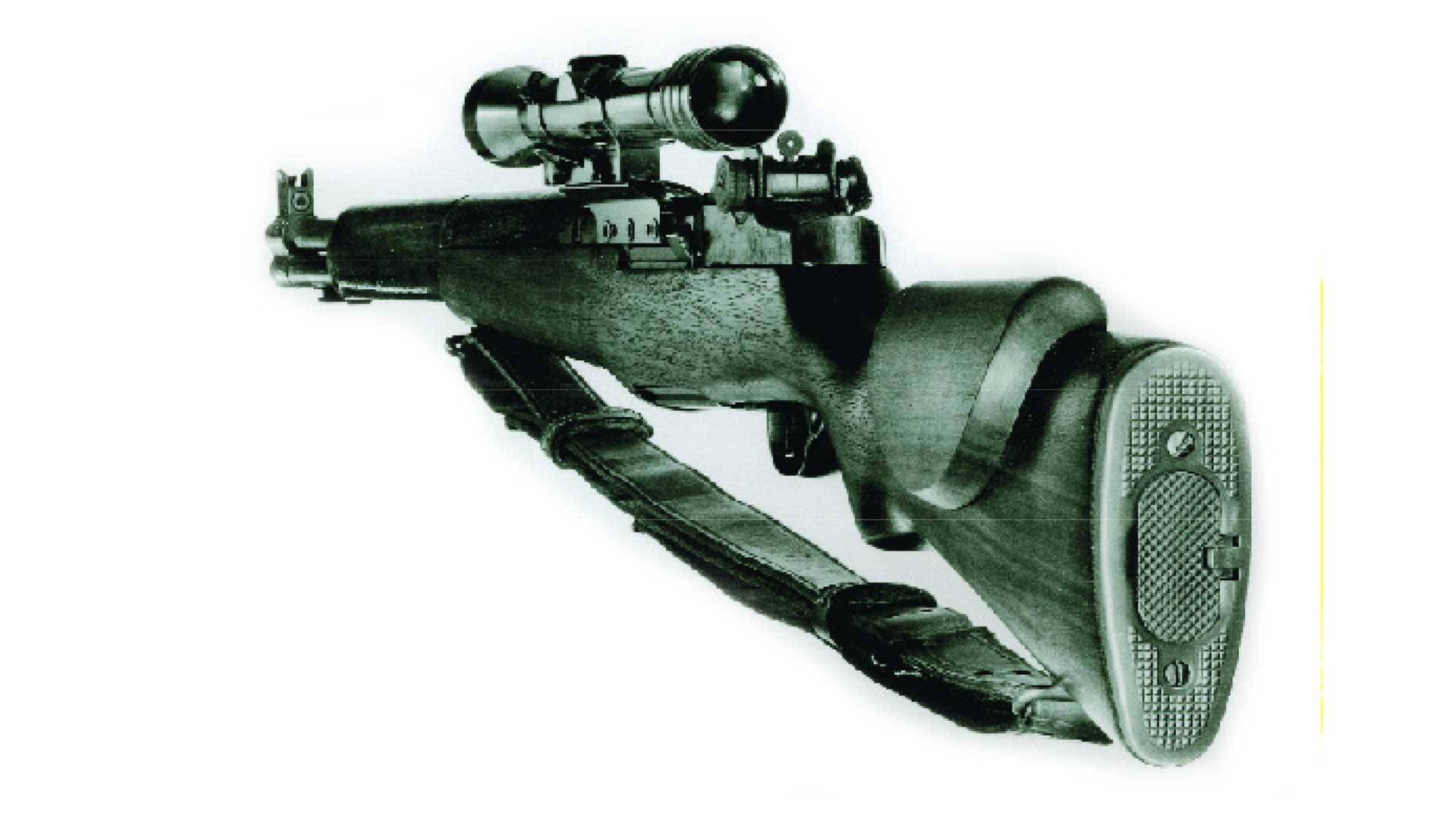
The foregoing would suggest that as a company, Griffin & Howe led a seamless existence from 1923 until the Second World War, but such was far from the case. Considering the fact that the Roaring ’20s were followed by the Great Depression, it would be surprising if G&H had not undergone some drastic changes.
First, in 1930, Seymour Griffin took a new partner, a metalsmith named Harry Hobbs, and changed the company name briefly to Griffin & Hobbs. When this arrangement fell apart four months later (Griffin’s partners did not last long), Griffin sold the company to the great New York sporting goods firm Abercrombie & Fitch. The retail business was folded into A&F, and G&H became purely a gunsmithing concern. By coincidence, A&F also absorbed the famous New York gunshop Von Lengerke & Detmold.
Released from the need to take time to sell ammunition and snap caps, Griffin and his team of gunmakers could concentrate on doing what they did best—making lovely rifles. Seymour Griffin continued to run the company he founded for 35 years and retired in 1958.
In 1977, Abercrombie & Fitch themselves fell upon hard times and went into bankruptcy. Griffin & Howe was spun off, and its assets were purchased by Bill Ward, a former gunmaker. Together with John Realmuto, who had managed the division as part of Abercrombie, Ward resettled Griffin & Howe in another shop in Manhattan, this time on Broadway, where they stayed for 10 years. In 1987, Ward moved the Manhattan showroom back to 44th Street, bought an old hardware store in Bernardsville, New Jersey, relocated the gunmaking shop to the lower floor, and opened a second retail shop there as well.
“Griffin & Howe, the Holland & Holland of the United States, has employed some excellent stockers and has turned out some beautiful rifles.”—Jack O’Connor
Two years later, John Realmuto retired and Ward sold the company to a wealthy investor, in partnership with Joe Prather, who has run the company since 1989.
In April, 2003, Griffin & Howe’s shop on 44th Street closed for the last time, one of the indirect victims of the September 11 terrorist attacks. The economic malaise that struck New York took its toll, but more than that, Prather says, his clients were increasingly uncomfortable walking the streets of New York carrying a gun case. As well, rent was rising and the cost of maintaining the New York store was outstripping its value.
In 1999, Prather bought out an existing fine-gun shop in Greenwich, Conn., and converted it into another retail shop. Today, the company employs six full-time gunmakers. Paul Chapman, the vice-president, partner, and shop foreman, has been with Griffin & Howe for 25 years and knows both the company and its history better than anyone. Chapman says that, looking back, he feels Griffin & Howe’s greatest contribution to rifle making in America is the American classic stock style, generally acknowledged as the most practical, as well as the most beautiful, in the world.
Griffin & Howe today will make a custom rifle to any specification the customer requires, including building it on the customer’s own action. Generally, however, Chapman says they prefer to make a custom rifle on a pre-’64 Winchester Model 70, and that has succeeded the Springfield as the trademark G&H rifle.
The wildcatting days are over; Griffin & Howe-brand rifle ammunition is a thing of the past; the bolt-action refinements have all been perfected. No more does a Grancel Fitz or a Robert Ruark stroll down to 44th Street to have his rifle worked on. Today, Griffin & Howe labors in the suburbs, leaving the canyons of Manhattan to the financiers. Rifle work, its foundation and claim to fame, is a small part of the business compared to shotguns.
But—and it is a large “but”—rifles are part of the heritage and the tradition, and Prather and Chapman have no intention of giving them up. Rifles made Griffin & Howe just as Griffin & Howe made rifles, and it’s impossible to imagine America without them.
G&H Does Shotguns
Seymour Griffin was a riflemaker, and G&H was strictly a rifle shop until 1930 when one of his employees was dispatched to England with orders to make some deals, buy some guns and put the company into the ever-growing field of shotgunning.
Skeet had just been invented and was sweeping the country, and the great American double guns were in their heyday. The buyer returned with a selection of 34 shotguns, including some by Churchill, Blanch and William Evans, as well as an eclectic stock of all the bits and pieces—cleaning rods, oil bottles, and the like—that come and go in a well-stocked shotgun shop. The total bill for all this was $9,900, and G&H was into a new era.
Shortly thereafter, G&H became part of Abercrombie & Fitch, and the retail business passed to the parent company. When it once again became independent in 1977, Griffin & Howe resumed its relationship with the great British names, and today represents James Purdey, Thomas Boss, David Mackay Brown, and even, on occasion, Holland & Holland.

“When H&H opened their own shop in New York (in 1996), our business with them dropped off,” Joe Prather says, “But we still have old customers who prefer to place an order through us in spite of that. Old customers prefer old relationships they can depend on, and that works in our favor.” G&H also has worked with many of the great European names, including Fabbri (Italy) and Lebeau-Courally (Belgium). They even have double rifles made for them in Belgium by Marcel Thys and Francotte.
Today, Griffin & Howe’s business is dominated by shotguns, and rifle making is but a shadow of its former self. The company offers all the services one would expect, including shotgun fittings and shooting instruction. They even import a shotgun from Spain—the Griffin & Howe round-body game gun—made to their own specifications, grade of wood and engraving pattern. “Our majority owner has a property in New Jersey where we take clients for shooting days,” Prather said.
There is also a Griffin & Howe brand of shotshells (made by RST) in both 21⁄2” and 23⁄4”, for use in fine doubles.
—Terry Wieland
This article, “Farewell to 44th Street: Alive and Well Living in New Jersey,” appeared originally in the August 2004 issue of American Rifleman. To subscribe to the magazine, visit the NRA membership page here and select American Rifleman as your member magazine.














